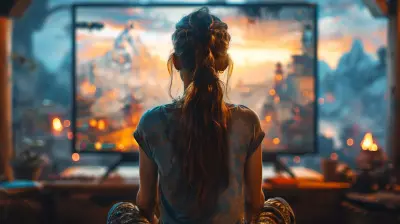The Hidden Symbolism Found in Popular Game Worlds
7 June 2025
In the world of video games, there’s often more than meets the eye. Sure, it’s fun to shoot enemies, solve puzzles, or build kingdoms, but have you ever paused to think about the deeper meaning behind the worlds you’re exploring? Video games are filled with subtle (and sometimes not-so-subtle) symbolism that most players don’t even notice. It’s like peeling back layers of an onion—you start uncovering things you didn’t realize were there.
So, sit back, grab your controller (or just a cup of coffee), and let’s dive into the hidden meanings built into some of the most popular game worlds. By the end, you might never look at your favorite games the same way again.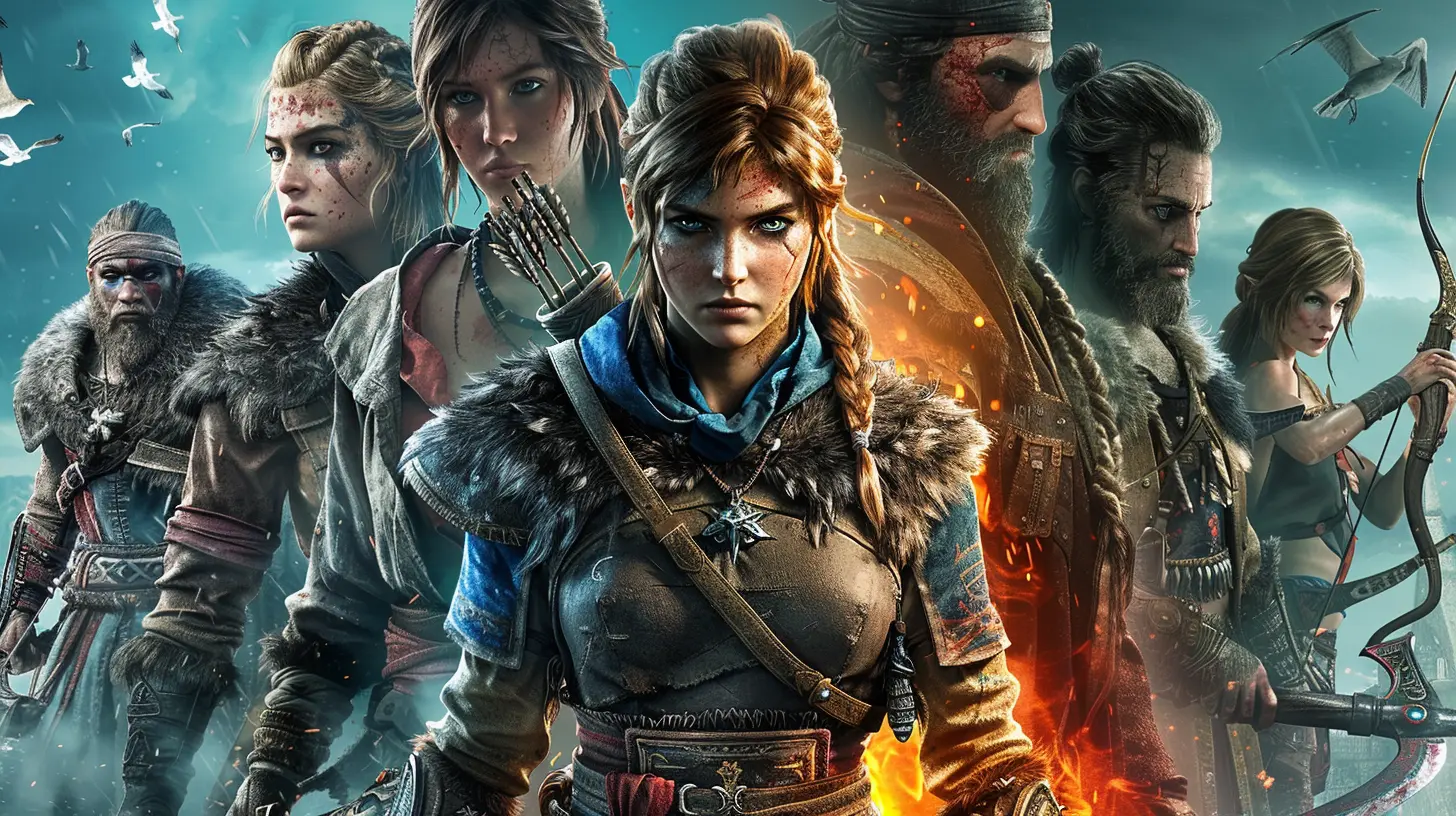
Why Symbolism Matters in Video Games
Before we dive into specifics, let's address the big question: why does symbolism even matter in games? Video games are more than mere entertainment. They’re a form of storytelling, an art medium, and a way to engage audiences on a deeper level. Symbolism helps games convey complex themes and ideas without spelling them out. Think of it as the game whispering, “Hey, there’s more going on here than you think.”Symbolism can evoke emotions, create parallels to real-world issues, or even challenge our beliefs. And let’s be honest, uncovering hidden meanings makes the experience ten times cooler. It’s like finding a secret level—but for your brain.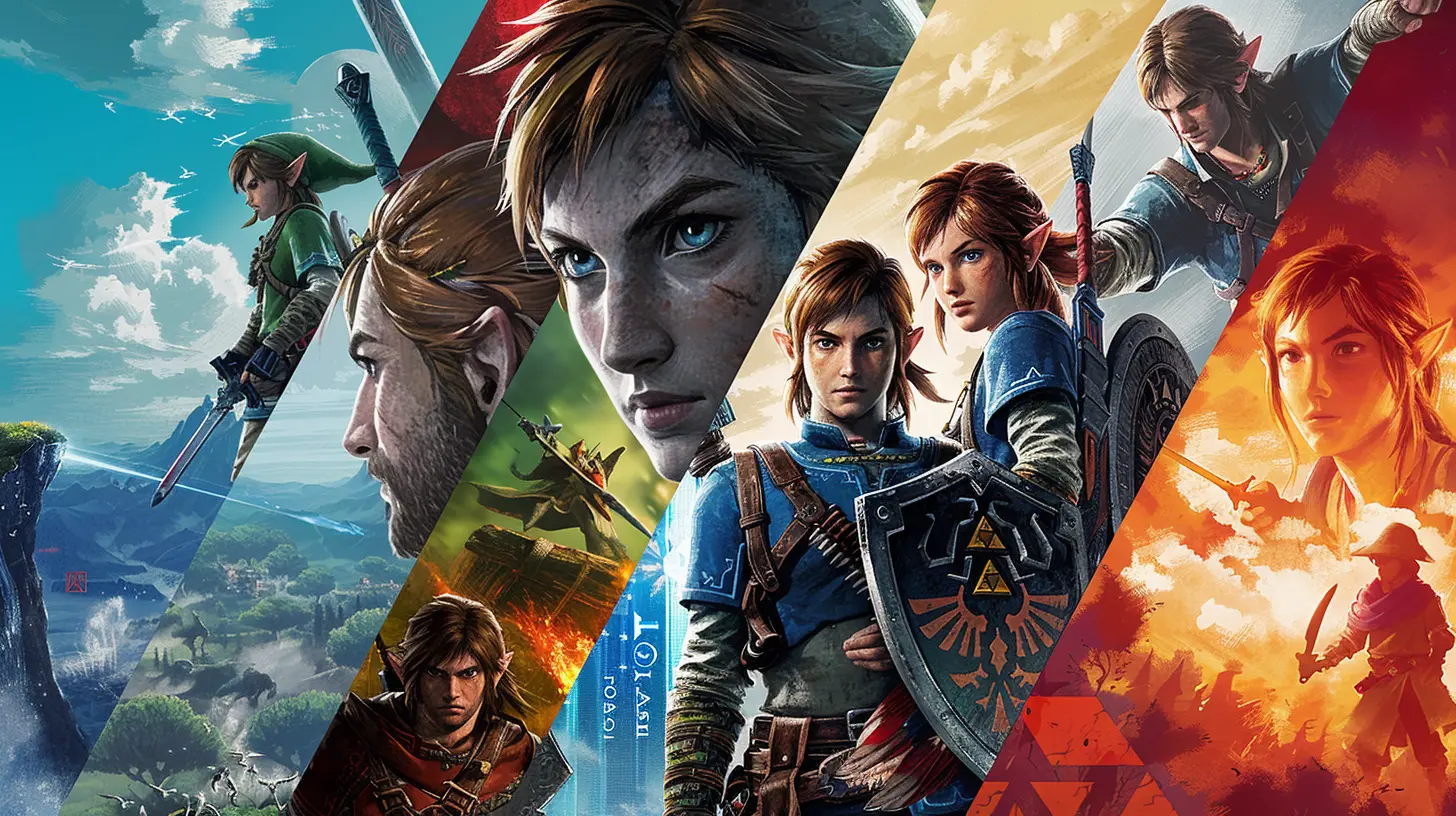
Iconic Games and Their Hidden Symbolism
Let’s talk specifics, shall we? Here’s a breakdown of some iconic games and the hidden messages tucked inside their worlds.1. The Legend of Zelda: Ocarina of Time - Time as a Symbol of Growth
The Legend of Zelda: Ocarina of Time is a masterpiece—and not just because of the gameplay. At its core, the game uses time as a powerful symbol for growth, choice, and consequences.Think about it: you start as a young, carefree boy, but as the game progresses, Link transforms into an adult. The Master Sword isn’t just a weapon; it’s a gateway that marks the passage of time and responsibility. The idea of flipping between two timelines shows how actions have ripple effects—what happens in the past directly shapes the future.
Even the game’s dungeons reflect this duality. Take the Forest Temple, for example. It feels eerie and overgrown, almost like a physical manifestation of time left unchecked. The game nudges you to think about how decisions (or indecisions) can lead to decay or growth, both literally and metaphorically.
2. Dark Souls - A Lesson in Existential Struggle
If you’ve ever played Dark Souls, you know this game is brutal. Every step feels like a fight for survival, and the world itself seems designed to crush your spirit. But there’s a reason for that. The oppressive world in Dark Souls is a metaphor for existential struggle.The concept of the “flame” is central to the game’s lore. It represents hope, life, and purpose—but it’s flickering, fading. Much like in real life, you’re constantly grappling with cycles: life and death, light and dark, beginnings and endings. Even the bonfires, which act as your save points, symbolize temporary relief amidst chaos.
And let’s not forget the NPCs. Most of them are hollow, a term used in the game to describe characters who’ve lost their purpose. Sound familiar? It’s a haunting reflection of what happens when people lose their drive or direction in life.
3. Bioshock - A Critique of Ideological Extremes
Bioshock isn’t just a shooter; it’s a philosophical playground. The underwater city of Rapture is dripping with symbolism (pun intended), and the story serves as a critique of ideologies taken to their extremes.Rapture was built as a utopia, free from societal restrictions, but it quickly spiraled into chaos. The game uses this setting to explore themes like unchecked ambition, the dangers of playing god, and the consequences of putting philosophy above humanity.
Even the enemies you face—Splicers—are symbolic. These once-normal citizens abused ADAM (a substance that grants superhuman abilities), leading to their grotesque transformation. It’s a literal representation of how excess and greed can corrupt individuals.
Oh, and that plot twist? When you finally realize the meaning of “Would you kindly,” it’s a gut-punch reminder of how easily people can be manipulated. It’s not just a narrative twist—it’s a commentary on free will.
4. Journey - Life as a Spiritual Odyssey
Journey is simple yet profound. At first glance, it’s just a silent figure wandering through vast deserts and climbing massive mountains. But look closer, and you’ll see it’s a metaphor for life itself.The game’s sand dunes and snowy peaks represent life’s ups and downs (we all have them, right?). You’re constantly moving forward, even when it feels like an uphill battle. The lack of dialogue is deliberate—it highlights how our experiences are universal and don’t need words to be understood.
Even the companions you meet along the way (other players) symbolize the people who come in and out of our lives. Some stick around, some don’t. But every interaction leaves an impact, no matter how brief. Deep, right?
5. The Witcher 3: Wild Hunt - Moral Ambiguity
If you’ve played The Witcher 3: Wild Hunt, you know it’s not your average good-vs-evil story. This game revels in moral gray areas, and its world is a testament to how messy life can be.Geralt’s choices often lack clear “right” or “wrong” answers, forcing players to wrestle with their own ethical values. The game's symbolism lies in these dilemmas. Take the Bloody Baron questline: it’s a gut-wrenching exploration of abuse, redemption, and consequences. Even the monsters Geralt hunts often serve as metaphors for humanity’s inner demons.
The rich, war-torn world of The Witcher 3 reminds us that life is rarely black and white. It’s messy, unpredictable, and full of lessons—just like the choices you’ll make in the game.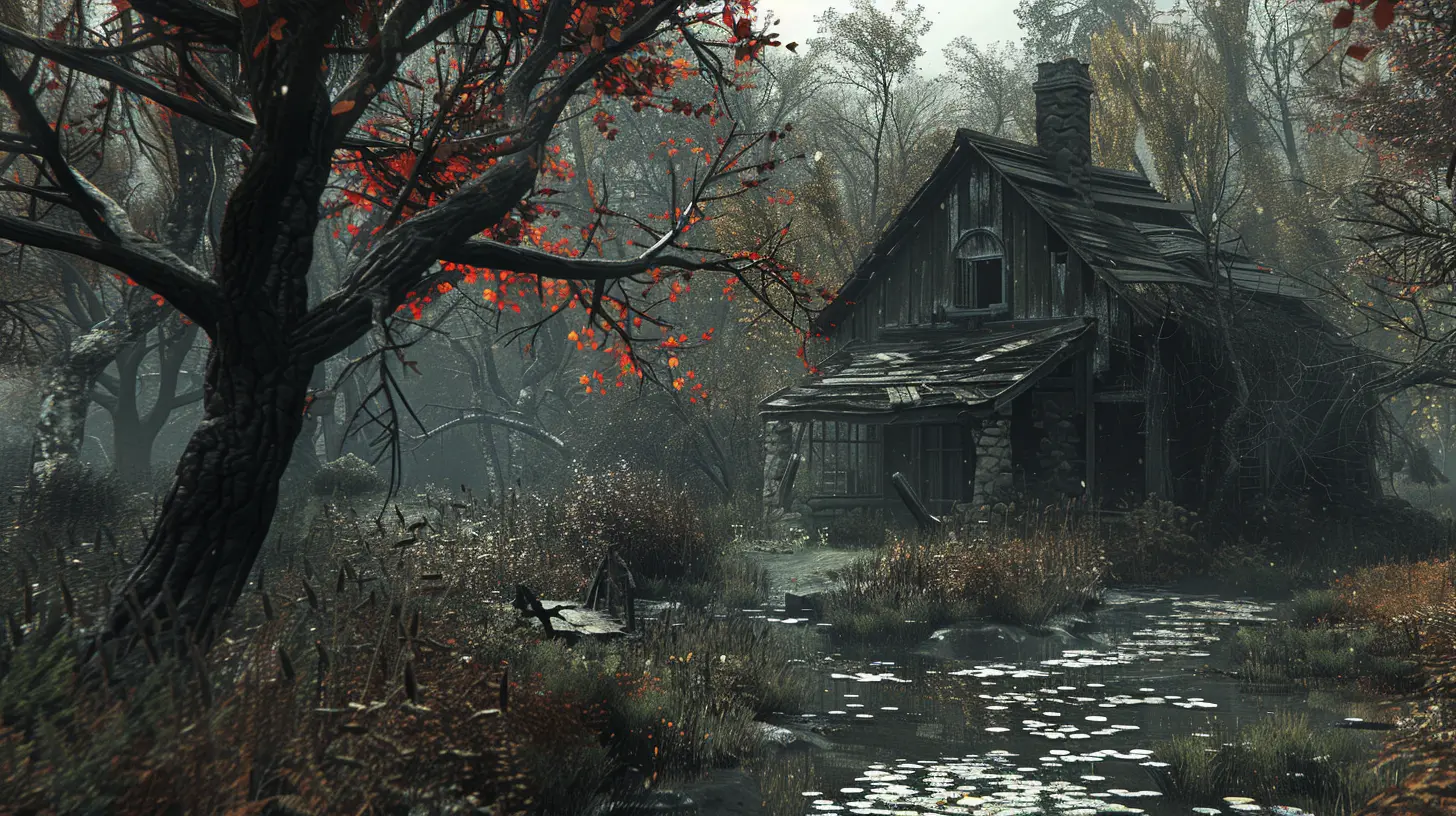
The Power of Subtlety
Not every game throws its symbolism in your face. Sometimes, it’s hidden in the smallest details. A single prop, a piece of dialogue, or even a color palette can carry heavy meaning. Take Portal, for example. The Companion Cube is more than just a box—it’s a symbol of human connection in an otherwise sterile, mechanical world.Or consider how Shadow of the Colossus uses bleak, empty landscapes to emphasize themes of isolation and sacrifice. These subtle touches are what make video games not just games, but art.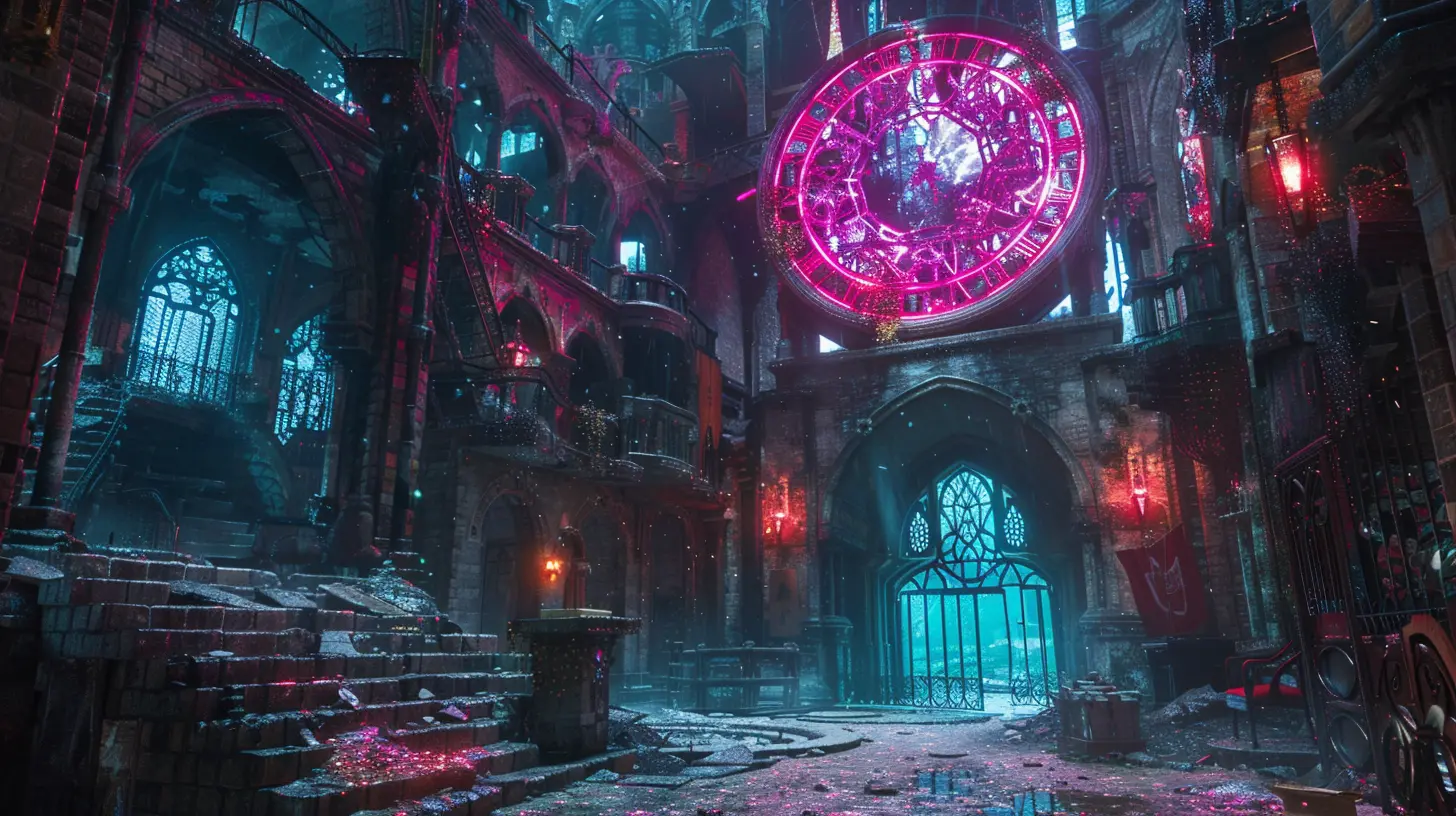
Why We Crave Meaning in Games
Let’s be real: we, as humans, love stories. We’re hardwired to search for meaning, whether it’s in books, movies, or, yes, even video games. Hidden symbolism adds depth and richness to our experiences. It makes us think, feel, and connect on a deeper level.Video games, with their immersive worlds and interactive storytelling, are the perfect medium for this kind of engagement. They’re not just about button-mashing or chasing high scores anymore. They’re about connection, exploration, and sometimes even self-reflection.
Final Thoughts
Symbolism in video games is like finding Easter eggs in the real world—it’s exciting, thought-provoking, and utterly satisfying. It’s proof that the creators behind these games aren’t just building virtual playgrounds; they’re crafting stories that resonate with us on a human level.So, the next time you fire up your favorite game, pay attention to the details. Look beyond the surface. Who knows? You might just uncover a hidden layer that makes you appreciate the game even more.
all images in this post were generated using AI tools
Category:
Gaming CultureAuthor:

Francesca West
Discussion
rate this article
2 comments
Easton Watson
This article beautifully uncovers the layers of meaning embedded in game worlds, illustrating how environmental storytelling enriches player experience and encourages deeper emotional connections with the narrative. Thought-provoking analysis!
August 27, 2025 at 2:33 AM

Francesca West
Thank you for your insightful comment! I'm glad you found the analysis resonant and thought-provoking.
Sable Blevins
Great insights! Game worlds really are treasure chests of hidden meaning! 🎮✨
June 27, 2025 at 5:07 AM

Francesca West
Thank you! I'm glad you found the insights valuable—game worlds truly offer a deep well of symbolism to explore! 🎮✨


